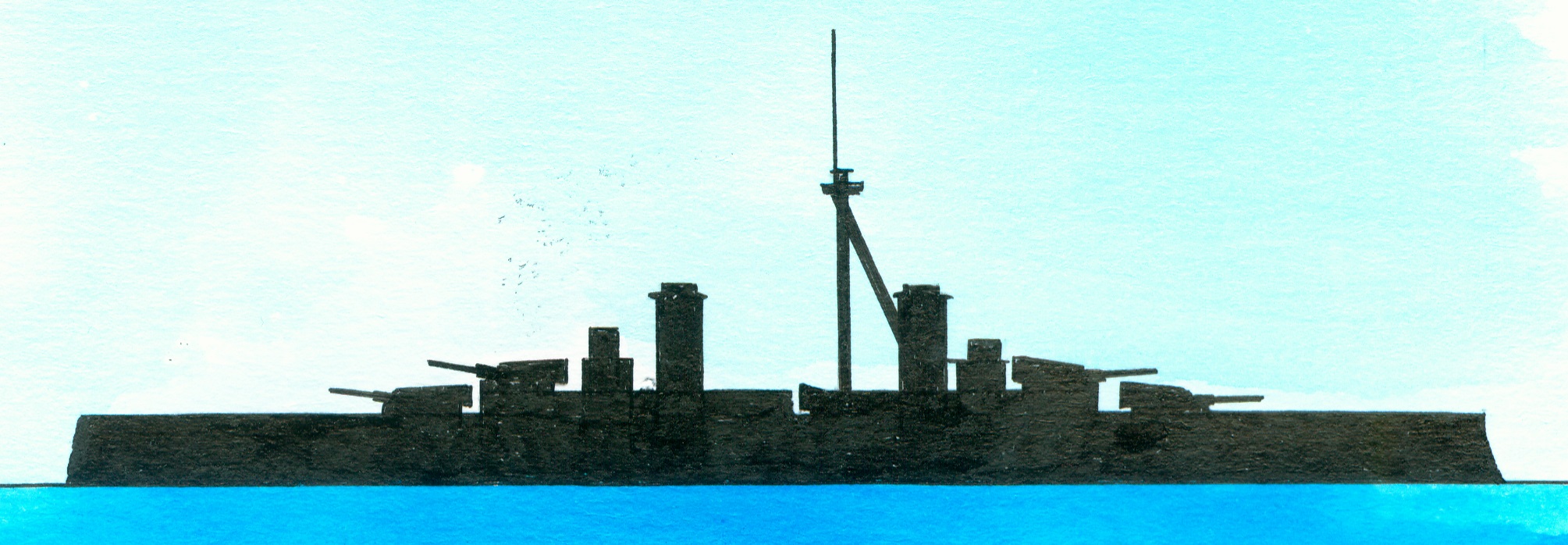Translate
Sunday, 30 October 2016
Brazilian battleship Minas Geraes chasing mutinous sister ship Sao Paulo according to the Dutch newspaper Het nieuws van den dag voor Nederlandsch-Indië dated 12 November 1924
An item dated Montevideo, Uruguay 11th reported the arrival of the Brazilian battleship Minas Geraes (1) which chased the battleship Sao Paulo (2) of which the main part of the crew mutinied. The last ship already arrived there. On board were only the crewmembers loyal to the government left behind. The other men went on shore. The Brazilian delegation had taken over the ship.
Notes
1. Building ordered in 1906, laid down at Armstrong Whitworth, Newcastle-on-Tyne, England with yard number 791 on 17 April 1907, launched on 10 September 1908, completed on 5 January 1910, modernized 22 August 1920-4 October 1921 at New York, modernized at the Rio de Janeiro Naval Yard between June 1931-April 1938, modernized 1939-1943, during the Second World War serving as floating battery in the harbour of Salvador, decommissioned on 16 May 1952, stricken on 31 December 1952, sold to SA Cantiete Navale de Santa Maria, departed on 1 March 1954 to her final fate arriving on 22 April 1954 at Genoa, Italy where she was the same year broken up. Building costs 8.863.842 pond sterling. ”. The original armament consisted of 6x2-30,48cm/12” guns, 22-12cm/4.7” guns and 8-3pd guns. During her modernisation in 1918-1920 were 10-12cm guns removed and replaced by some modern anti aircraft guns2-7,6cm/3” 50 cal guns and 3,7cm guns. In the 1931-1938 modernisation 2-12cm/4.7” and 6-2cm/0.79 Madsen guns. The elevation of the 12cm guns was improved with 5 degrees to 18 degrees.
1. Laid down at Vickers, Barrow, England on 30 April 1907, launched and baptized by Mrs. Régis de Oliveira, on 19 April 1909, commissioned on 12 July 1910, refitted at New York, USA between 7 August 1918-7 January 1920, not modernized during to her worse condition in the 1930sserved as harbour defence ship during the Second World War, stricken on 2 August 1947, Training vessel until August 1951, sold to the Iron and Steel Corporation of Great Britain to be broken up and sunk when she was underway from Rio de Janeiro to the scrap yard at Greenock with her caretaker crew on board north of the Azores in early November 1951 without finding a trace of her back. The original armament consisted of 6x2-30,48cm/12” guns, 22-12cm/4.7” guns and 8-3pd guns. During her modernisation in 1918-1920 were 18-12cm guns removed and replaced by some modern anti aircraft guns2-7,6cm/3” 50 cal guns and 3,7cm guns.

